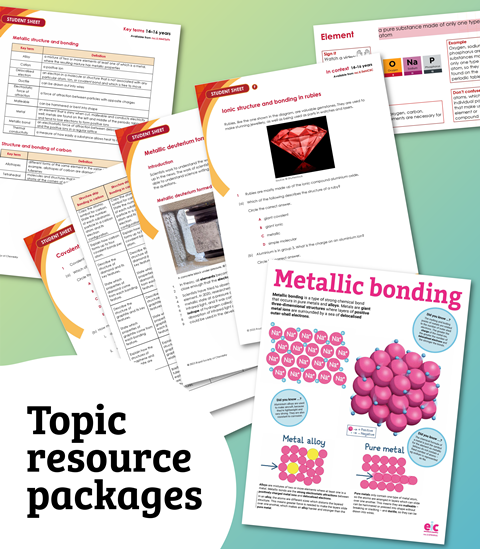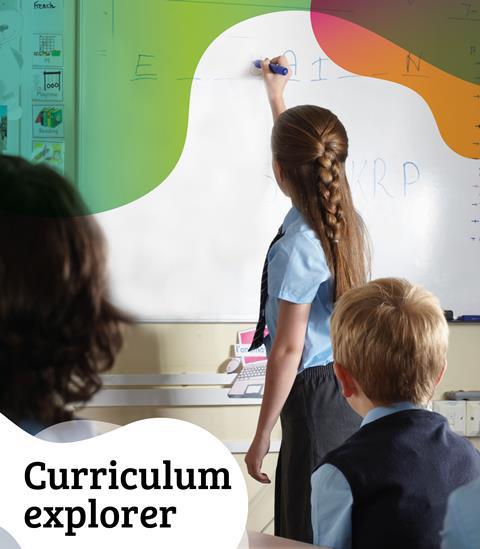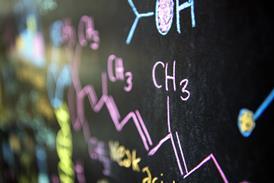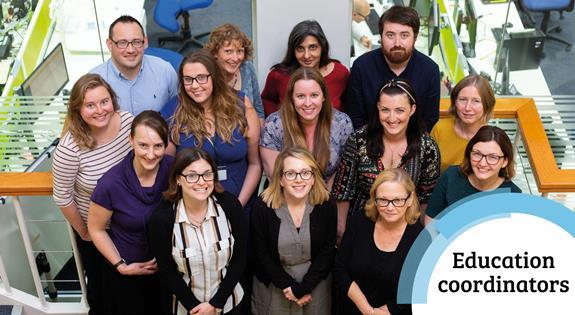All Higher-order thinking and metacognition articles – Page 6
-

-
![Colour c hemistry s hutterstock 630m[1]](https://d1ymz67w5raq8g.cloudfront.net/Pictures/100x67/6/9/5/113695_colourchemistry_shutterstock_630m1.jpg) Opinion
OpinionIntegrating art into the chemistry curriculum
A range of possibilities for integrating art into the chemistry curriculum by means of context based learning
-

-

-
 Feature
FeatureThe logic of phlogiston
Despite efforts to teach logic and critical thinking in the classroom, students will often give the answer that they think is expected. Perhaps a discredited theory from the 18th century can help students see how different conclusions can be drawn from the same experiment, suggests Mike Tingle
-
 Feature
FeatureStudent-generated assessment
Simon Bates and Ross Galloway tell us how students can use PeerWise to design high quality and effective learning material
-
 Feature
FeatureJump-starting lectures
There is an emerging trend towards using pre-lecture activities to support tertiary level learning: the options investigated
-
 Lesson plan
Lesson planDetermining the structure of compounds | 16–18 years
Examine data relating to the structure and complexity of compounds, including mass, infrared and 1H NMR spectra
-
 Lesson plan
Lesson planHow do scientists grow protein crystals? | 14-16 years
Discover the methods and conditions used by chemical scientists to grow protein crystals in this lesson plan with activities for 14–16 year olds.
-
 Lesson plan
Lesson planInterpreting rate of reaction graphs | 14-16 years
Use this lesson plan for 14–16 year olds to practise interpreting rate of reaction graphs, revising factors such as concentration, temperature and surface area.
-
 Lesson plan
Lesson planReactions of acids with metals and carbonates | 11-14 years
Help your students unravel misconceptions about how acids react with metals and carbonates via this lesson plan with downloadable activities for ages 11–14.
-
 Lesson plan
Lesson planAtoms and atomic structure: a ‘similar and different’ activity | 16-18 years
Help students consolidate their ideas about atoms and atomic structure, working in pairs to identify key concepts, using this lesson plan for 16–18 year olds.
-
 Lesson plan
Lesson planWhat causes the greenhouse effect? | 16-18 years
Reinforce your students’ understanding of the cause of the greenhouse effect using this lesson plan with a demonstration and activities for 16–18 year olds.
-
 Lesson plan
Lesson planWhat is stuff made of? Matter, atoms and elements | 11-14 years
Introduce the properties and behaviour of atoms as the smallest parts of elements and a basic unit of matter using this lesson plan for 11–14 year olds.
-
 Lesson plan
Lesson planCatalysts, rates of reaction and what sank the Kursk | 14-16 years
Use the case of the Kursk submarine to devise an experimental investigation into catalysts’ effects on rate of reaction in this lesson plan for 14–16 year olds.
-
 Lesson plan
Lesson planRevising the periodic table using a concept map | 14-16 years
Use a concept map to help your students revise the periodic table and explain how elements are arranged in this lesson plan with activities for 14–16 year olds.
-
 Lesson plan
Lesson planMolecules and the possibility of life in outer space | 14-16 years
Explore the molecules found in space as clues to the potential existence of extraterrestrial life, using this lesson plan with activities for 14–16 year olds.
-
 Lesson plan
Lesson planUsing a survey to learn what shampoos people use | 11-14 years
Collect and analyse data from surveys, exploring differences between subjective and objective data, using this lesson plan with activities for 11–14 year olds.
-
 Lesson plan
Lesson planWhat happens to weathered pieces of rock? | 11-14 years
Investigate how rock fragments are transported and deposited by water currents using this lesson plan and downloadable activity for 11–14 year olds.
-
 Lesson plan
Lesson planAcids and alkalis: using concept maps | 11–16 years
Help your students consolidate their ideas about acids and alkalis using this lesson plan and set of downloadable activities











